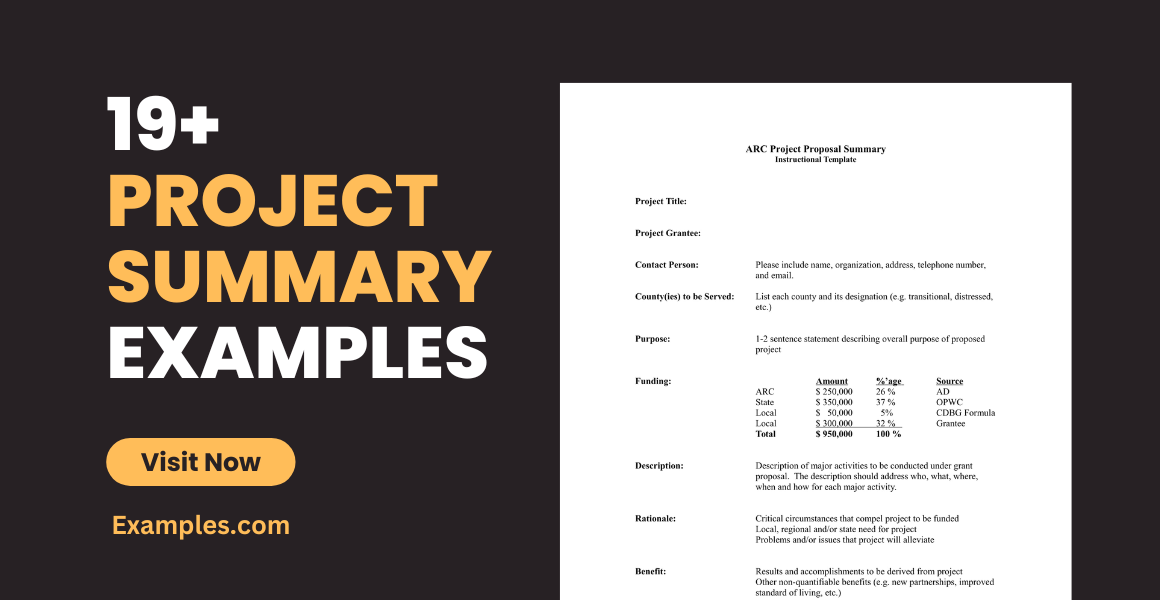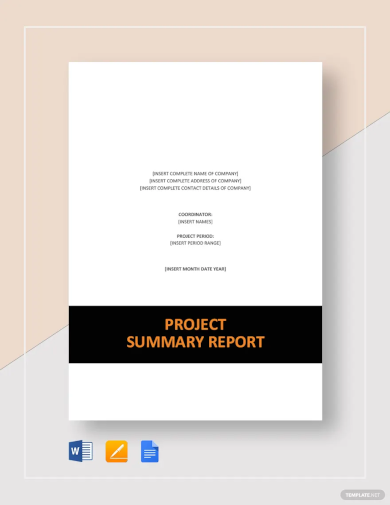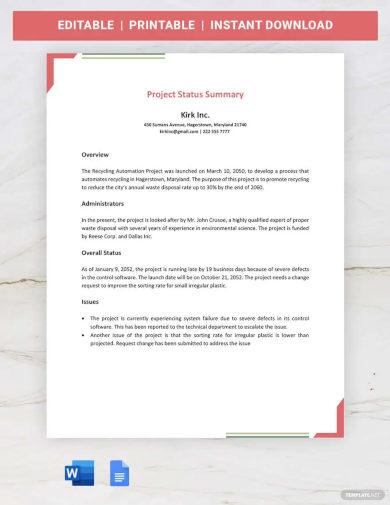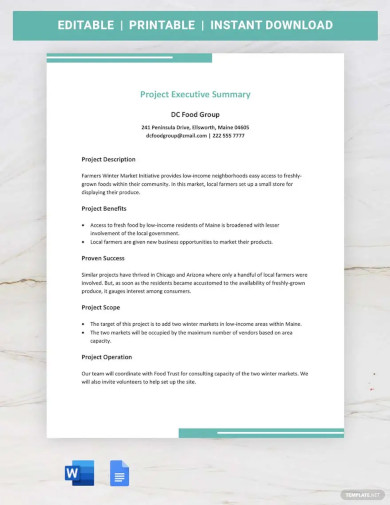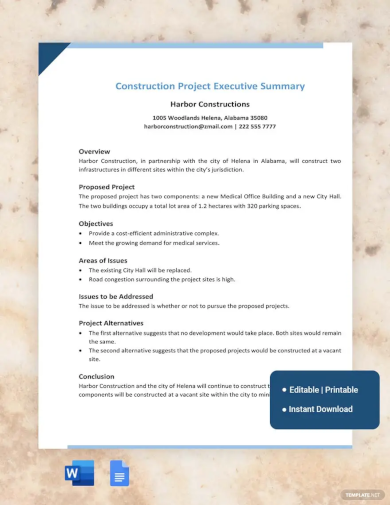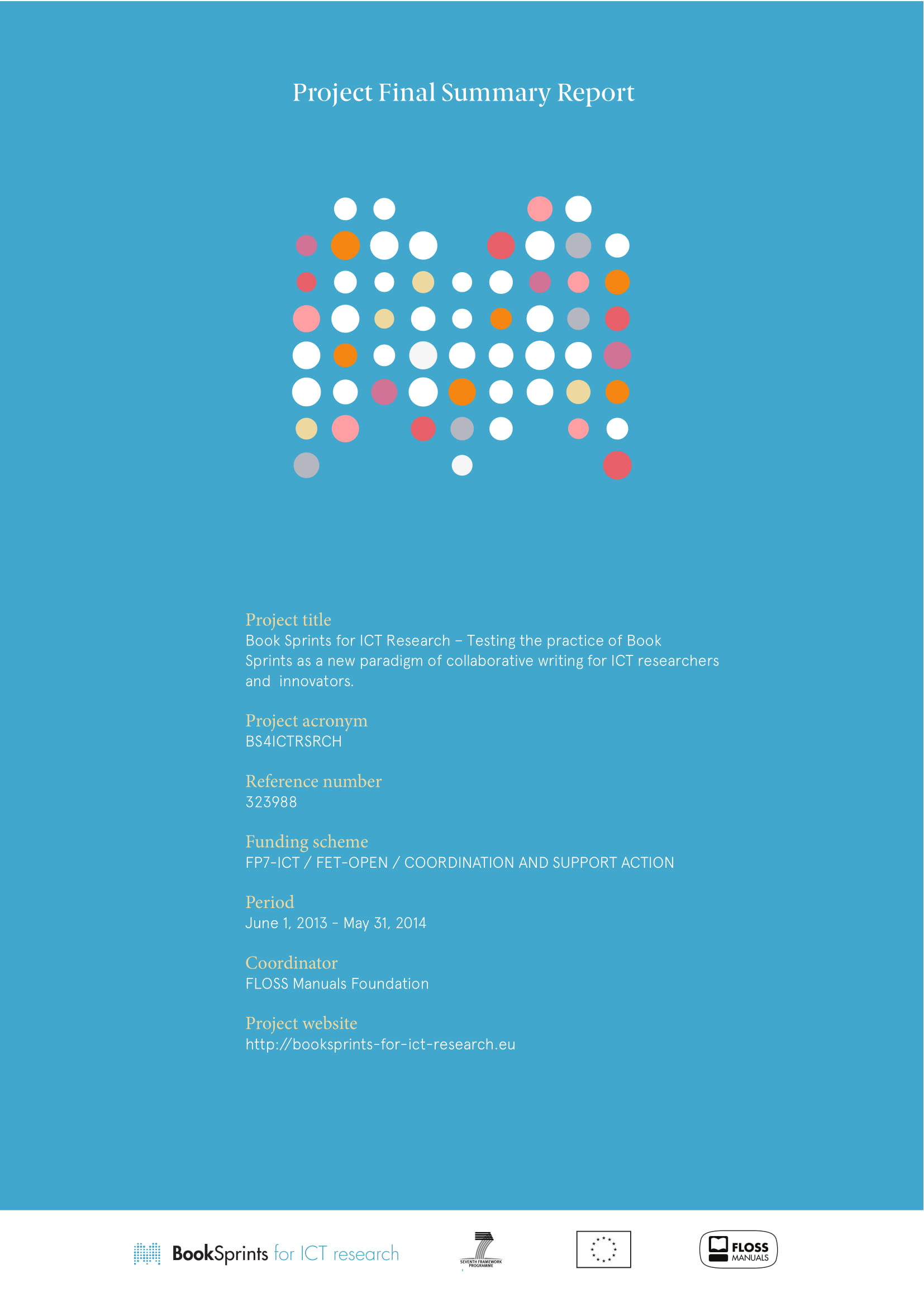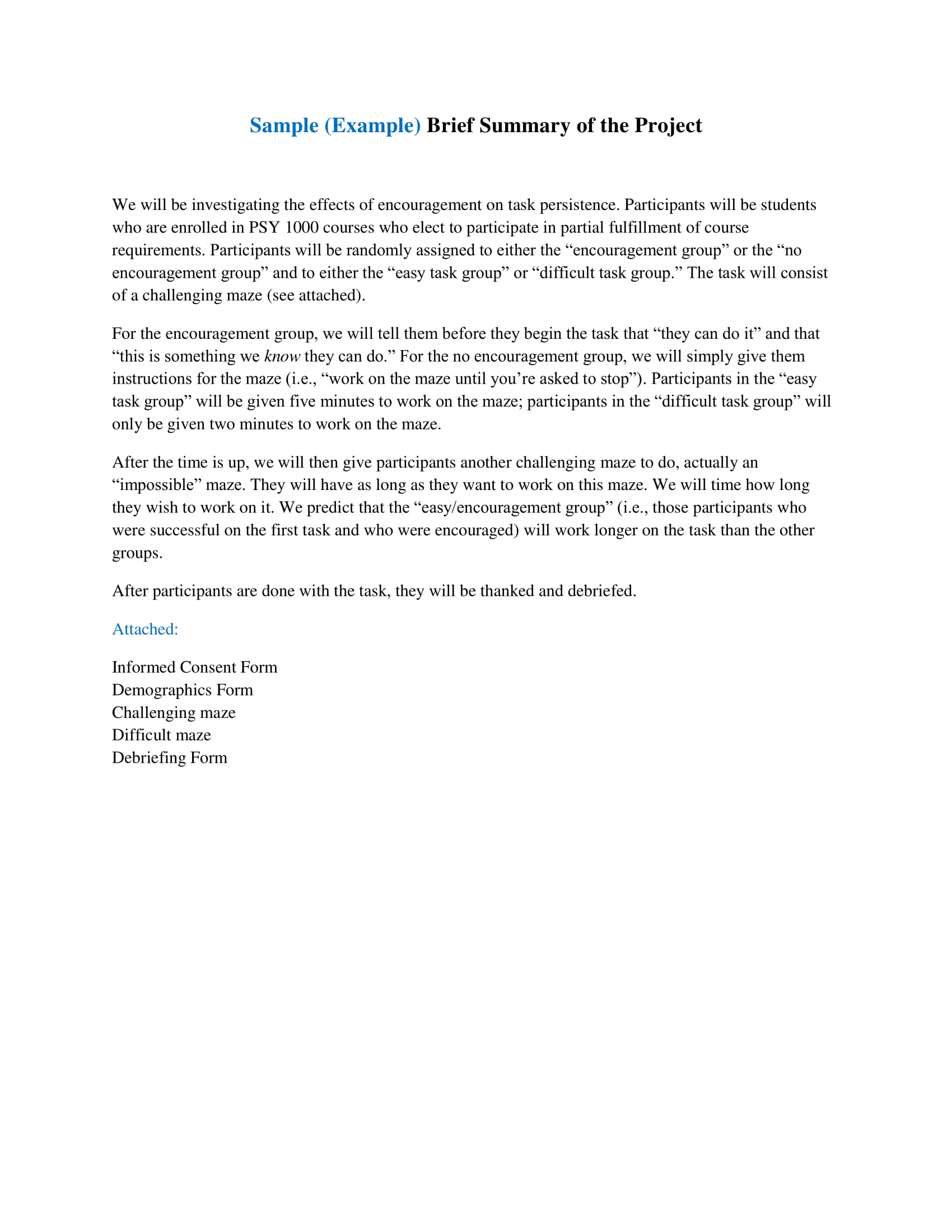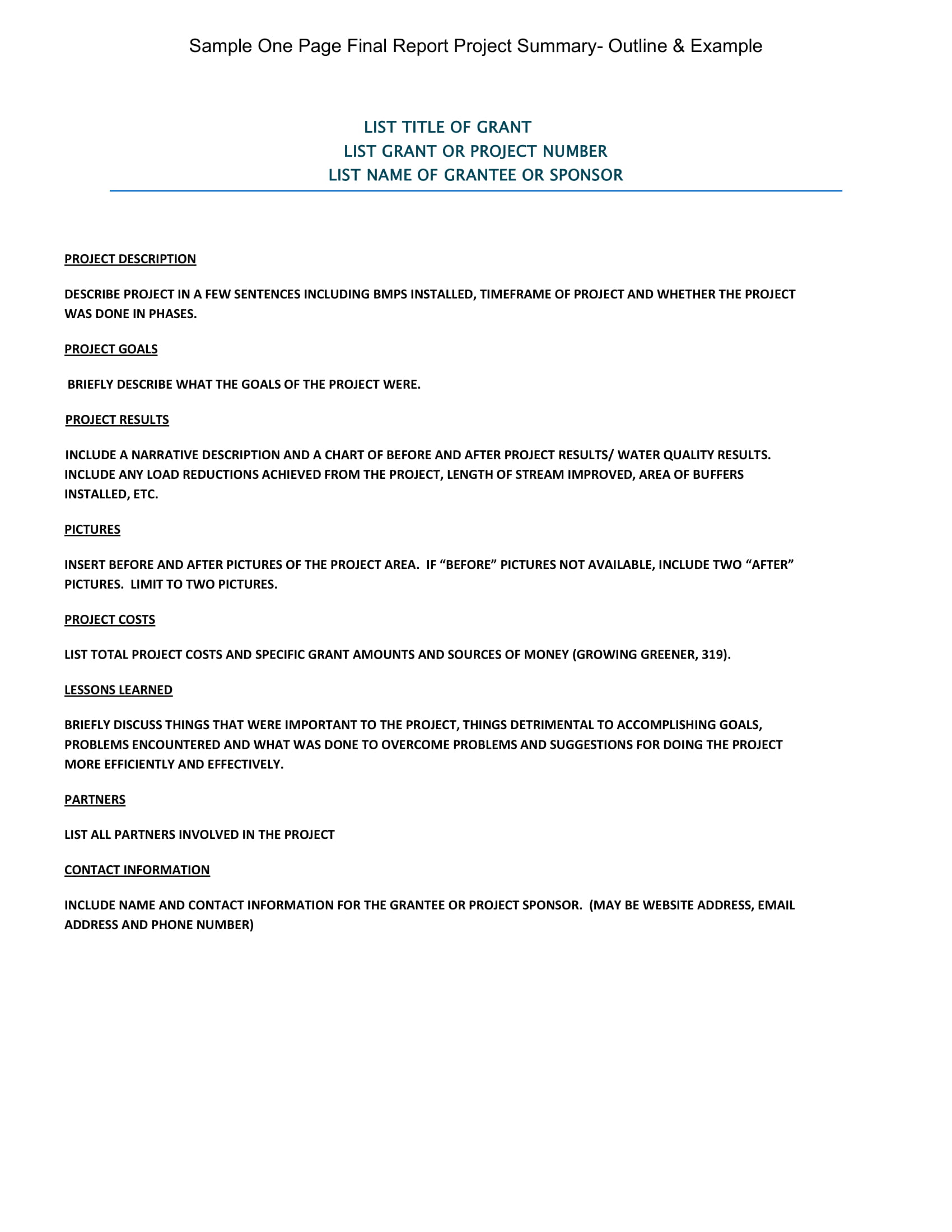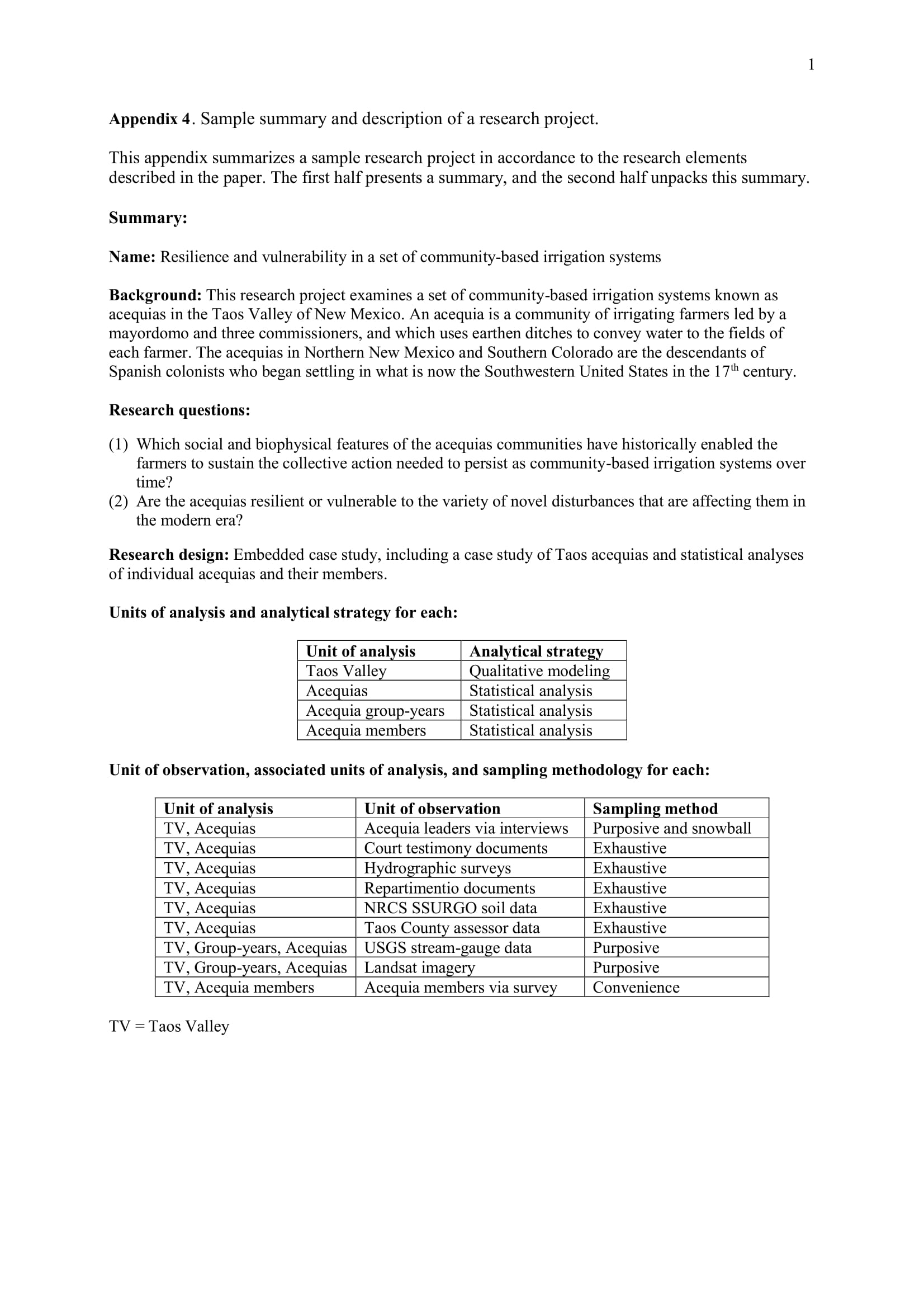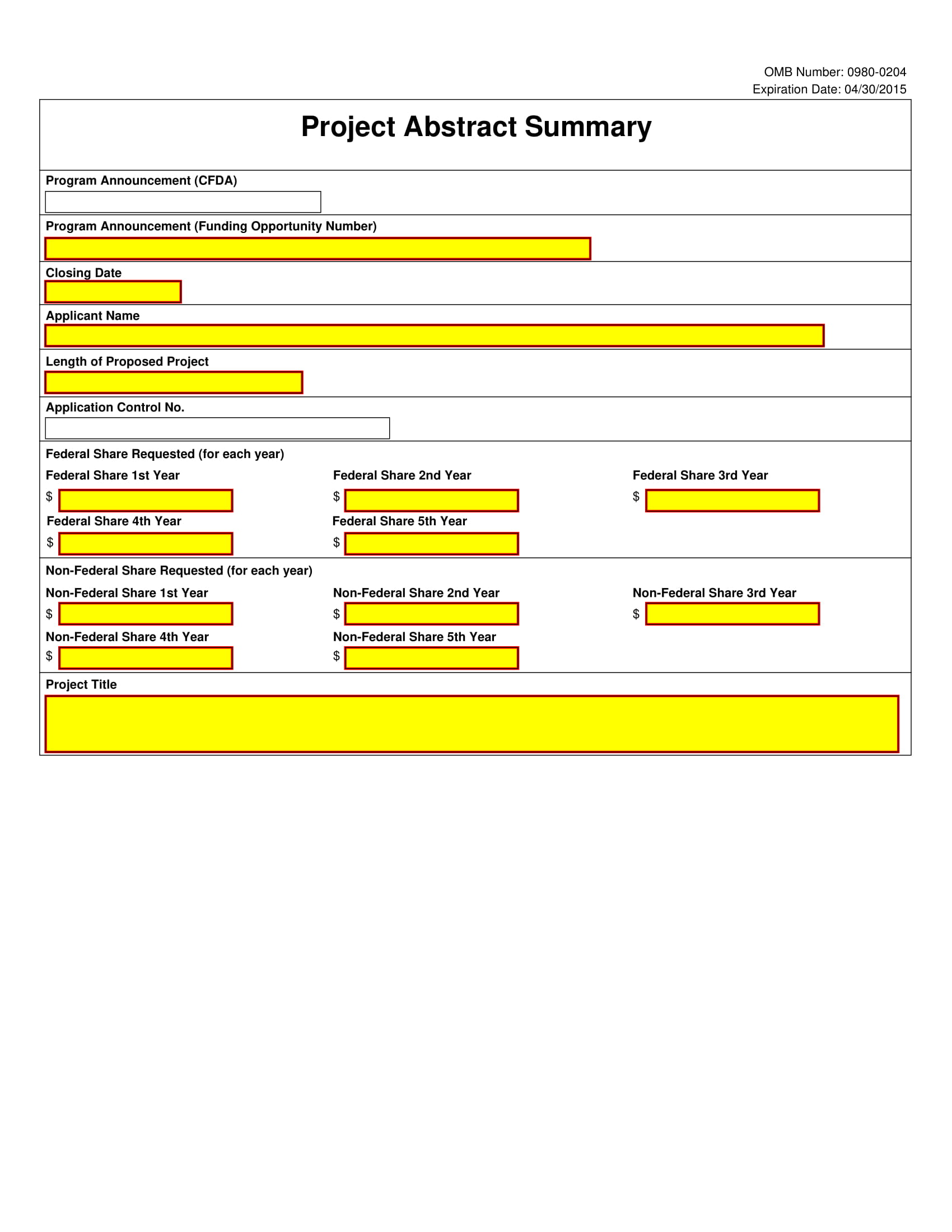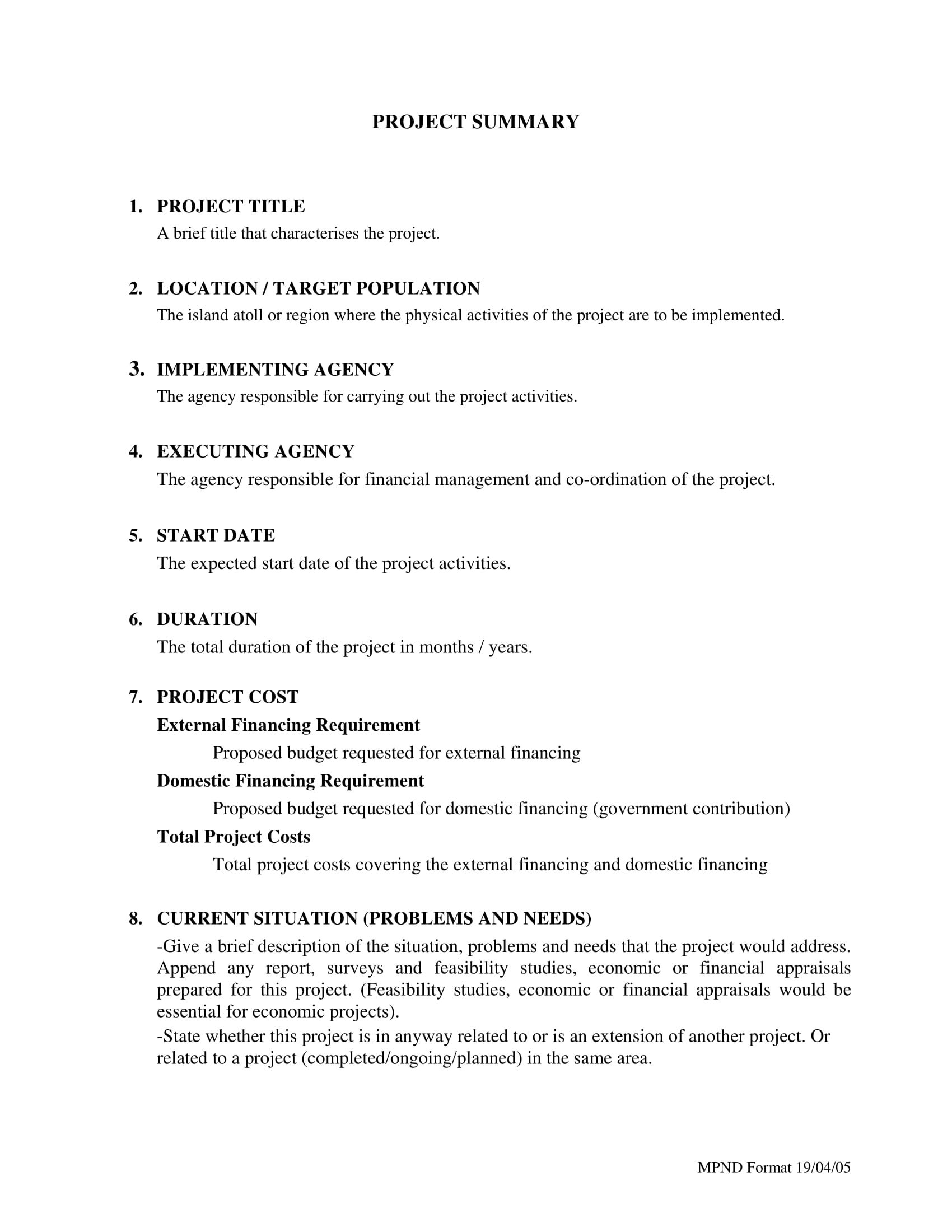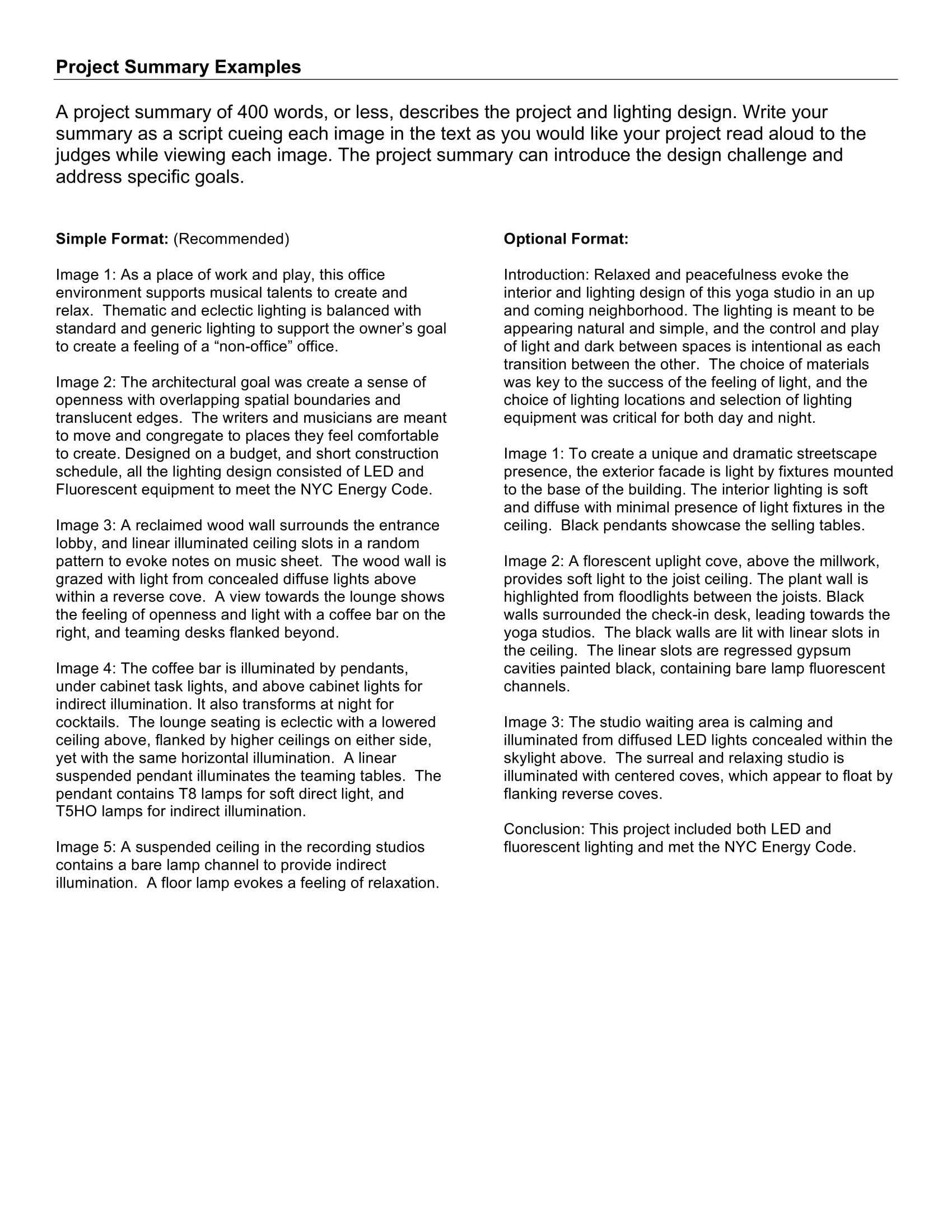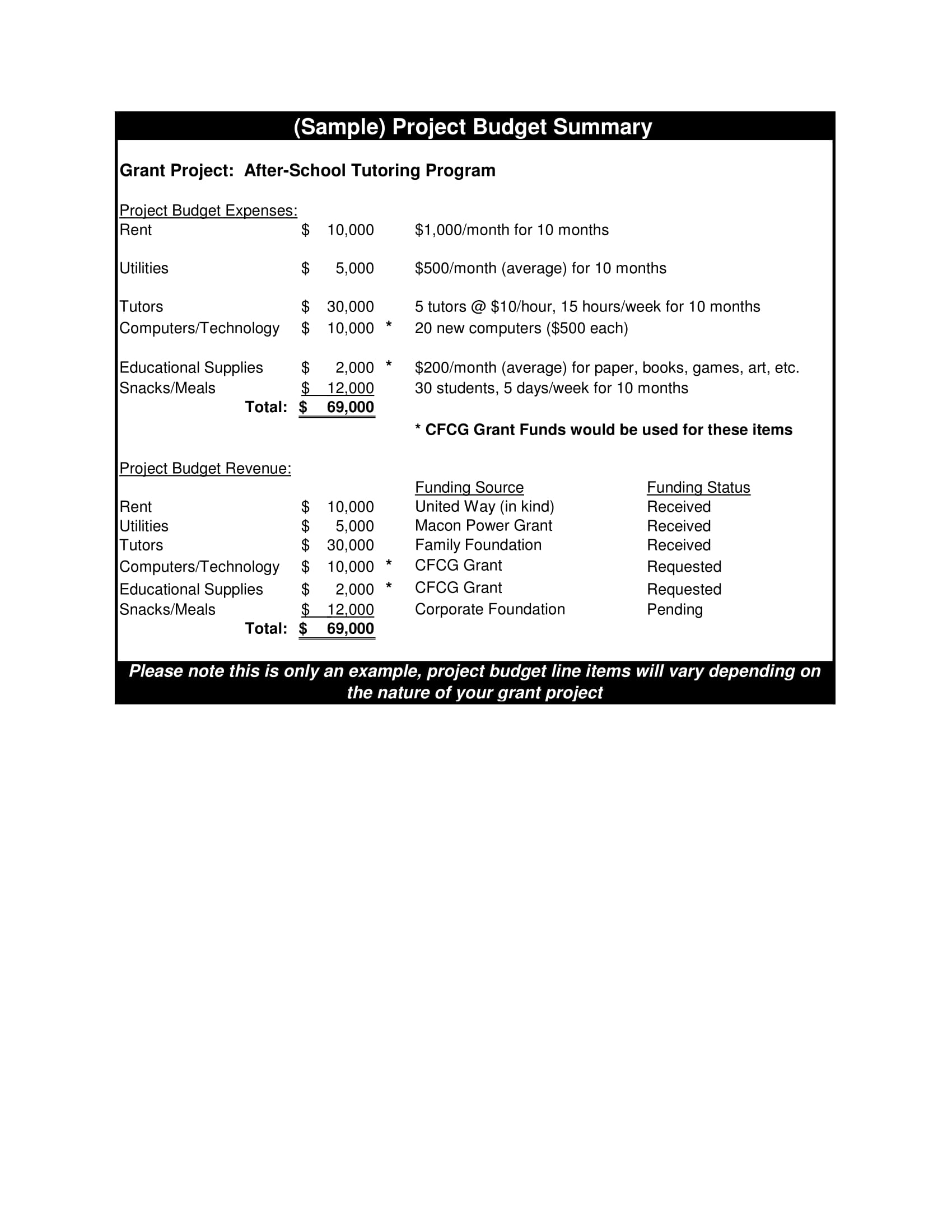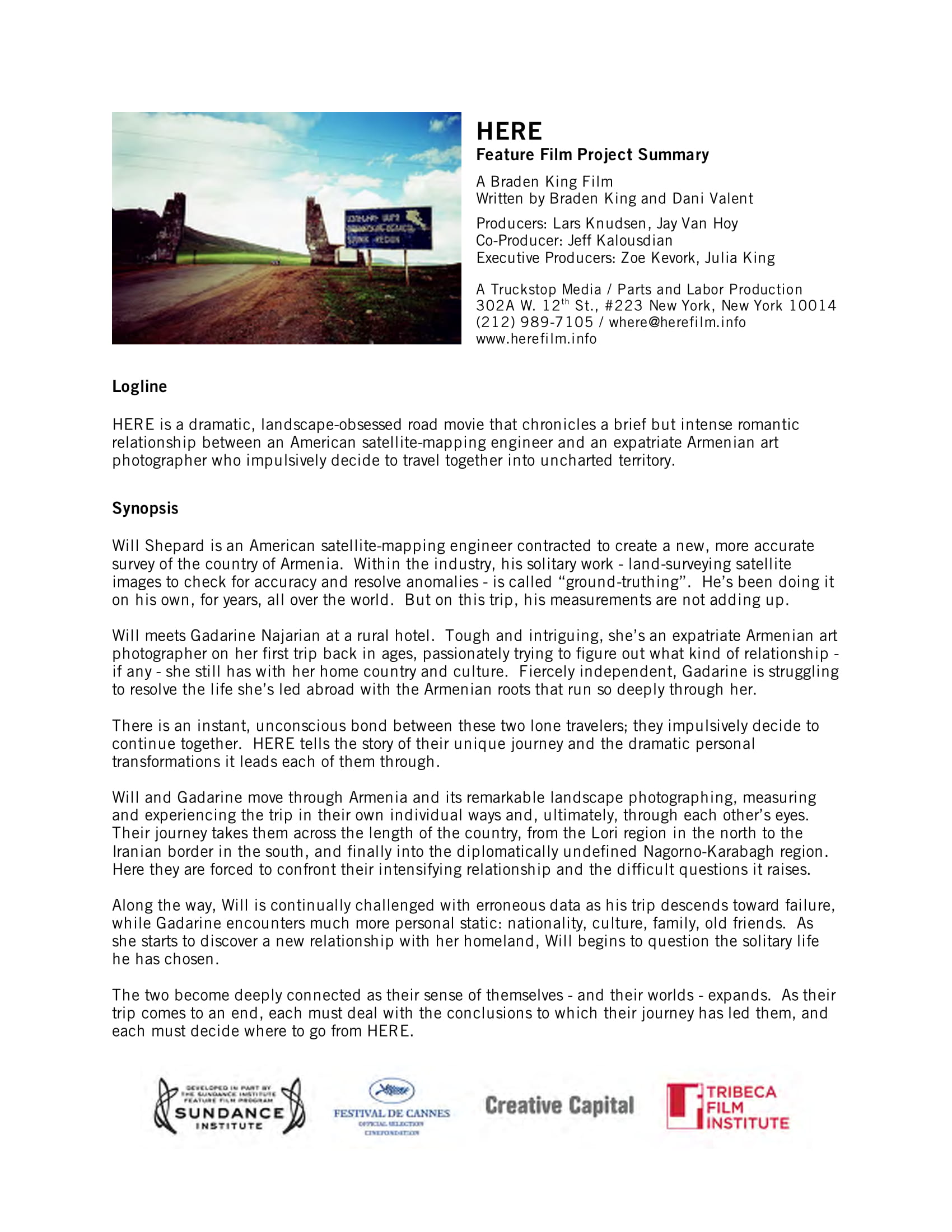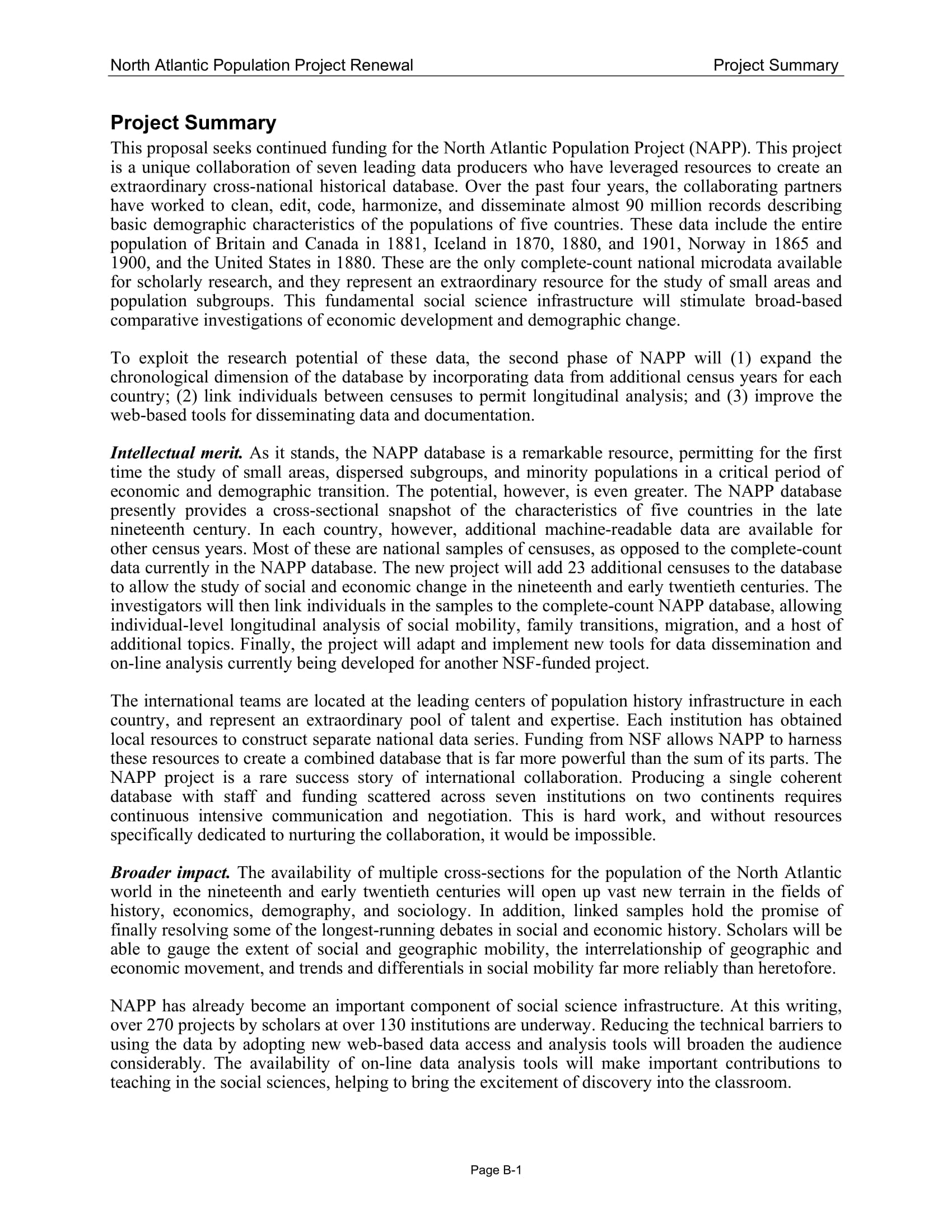19+ Project Summary Examples
If you’re set on completing a particular undertaking, you need to have a solid plan in doing so. Going after an objective without careful regard for an action plan places you in a very uncertain position. A project summary provides all the details you need to complete a plan. It carefully lays out your goals and its features allow you to consider all significant aspects of the project before giving it a go signal. If you want to learn more about this important document, scroll all the way down in the article below.
Project Summary Report Template
Project Status Summary Template
Project Executive Summary Template
Construction Project Executive Summary Template
Project Final Summary Report Example
Project Summary Format Example
Brief Summary of the Project Example
One Page Report Project Summary Example
Summary and Description of Project Example
Project Abstract Summary Example
Template Project Summary Example
Report of Summary Project Example
New Simple Project Summary Example
Budget Summary Report Example
Scientific Project Summary Report Example
Feature Film Project Summary Example
Collaboration Project Summary Example
What Is a Project Summary?
A project summary or a project brief contains a brief review of a particular project’s details. It presents a project’s objectives, specifications, and requirements, making it a crucial document in starting any project plan.
How to Make a Project Summary
There are various reasons why project planning is the most vital part of managing a project’s progress. These reasons include the most important thing to keep an eye on when project planning—reducing the risk of failure and identifying risk points. These procedures are essential in making sure that a project’s preparation and implementation will result in success. A project summary contributes a huge deal to your planning stage. Learn how to write one through the following steps:
1. Provide a Project Outline
The core of every project summary is the project itself. Provide a full outline of what the project is all about, along with its purpose. You must understand not only your project plan’s structure but also its functions. Identify the key roles in accomplishing its underlying tasks along the process. You should also be in constant contact with your client to fully know their objective behind wanting the project to come to life. This way, you’ll be able to meet their goals and incorporate those in your outcome.
2. Establish Objectives
Aside from your client’s predetermined objective, it would be best if you established your own. Having goals allows you to continue working on the project with a destination. This cements your project’s roadmap and provides you with the action plan that you need to accomplish them. When determining what goals you hope to achieve, keep it SMART—specific, measurable, attainable, realistic, and timebound. Instead of drafting generic goals, you’ll establish the ones that have distinct figures with a defined timeline. This contributes to helping you create better ways to accomplish them.
3. Identify Your Audience
Who will benefit from your project? To whom is your client dedicating this work? Aside from putting heavy emphasis on your client’s needs and preferences, you should also include their audience in the equation. After all, during the project’s execution, it would need its market’s approval. Do a market analysis and closely identify the “who” of your project. Ask your client for their demographics and the factors that guide their preferences. This way, you’ll be able to provide your clients with results that don’t only suit their taste but their target audience as well.
4. Establish the Project Scope
The project scope provides the project outline of your task’s limitation as a service provider. This should be clear on your project plan to help your client understand what you can and cannot do during the process. The scope of work contains a clear description of your tasks, its designated features, and the deliverables. This sets your client’s expectations and keeps them from demanding responsibilities that are not within the project scope. Aside from that, this also provides a definite schedule for the accomplishment of the tasks.
FAQ
What the significance of a project summary?
A project summary is important because it provides a brief description of the overall project’s goals, limitations, task schedules, and the agreed budget, so everyone involved in the process knows the entirety of the plan.
What are the components of a project summary?
A project summary includes the following vital components:
- Company profile
- Project description
- Objective outline
- Target market
- Project schedule
- Pricing
- Scope of work
- Success standards
Who drafts the project summary?
The project’s board or executives are the ones responsible for drafting its content.
A project summary provides a comprehensive and efficient overview of an entire project’s details. This is important because as the project progresses towards completion, it gets tougher and tougher to take note of its relevant information. It also makes it easier to review its highlights when presenting it to an audience. If you’re unsure of how you can piece a project summary, don’t bother. Our project summary templates are available for you. Download now!


